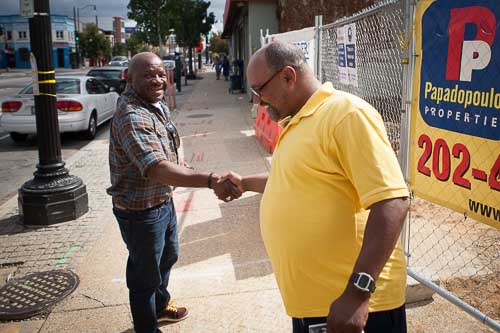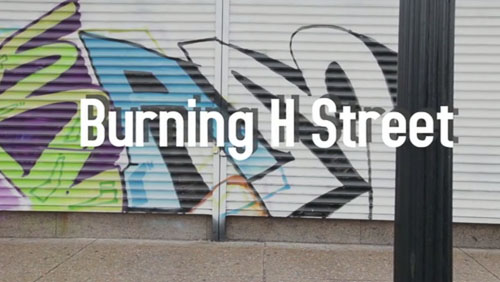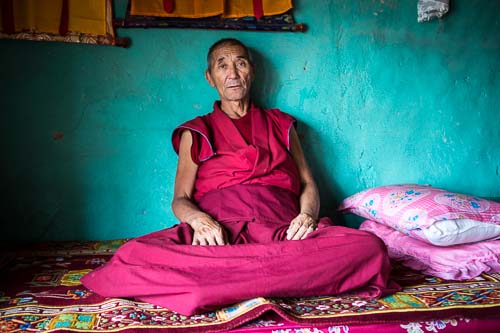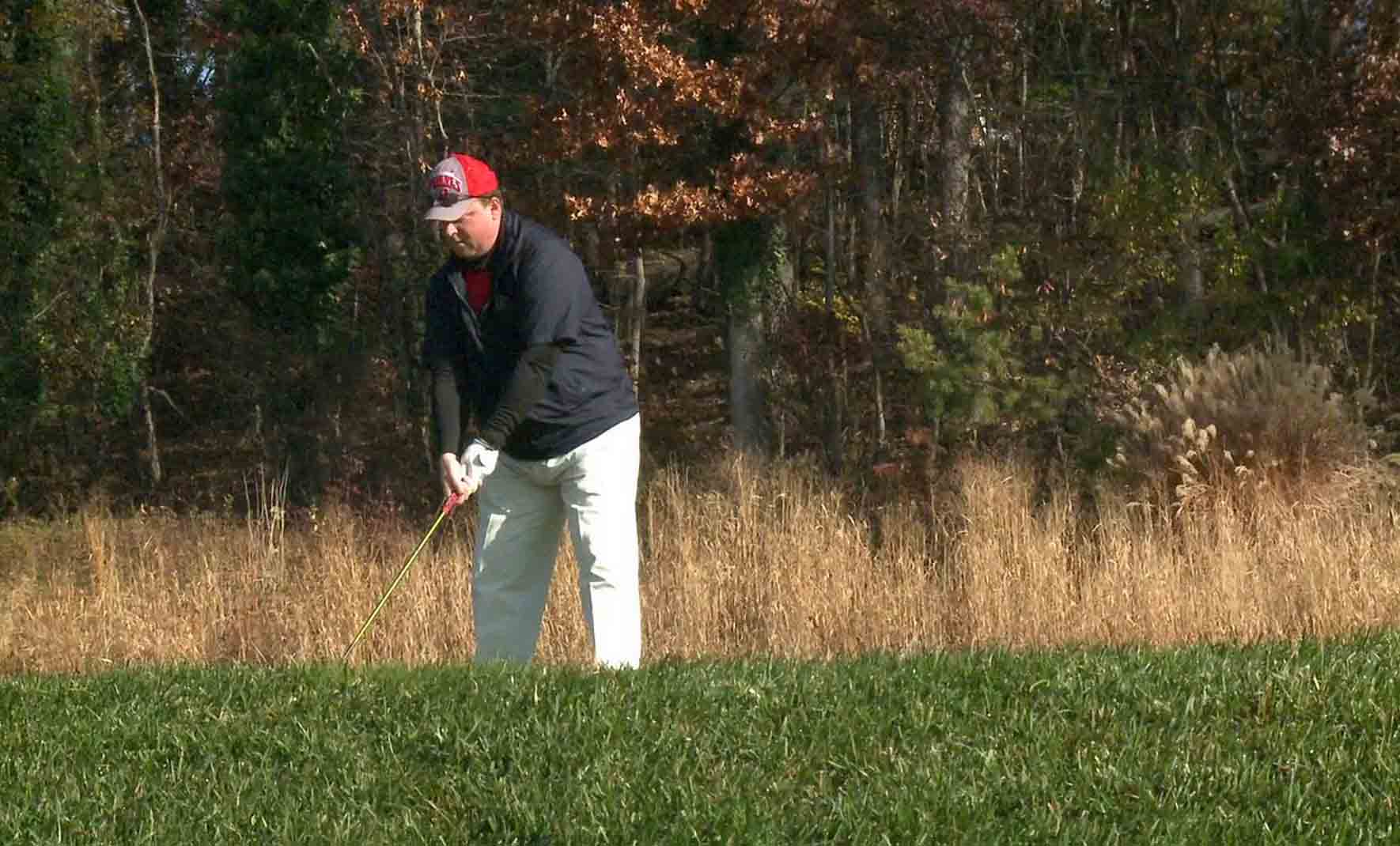FEATURED Heal H Street
The Heal H Street project answers the question of how the H Street corridor of Northeast Washington D.C. evolved in the aftermath of the 1968 riots, and how gentrification affected the residents who remained in the neighborhood following the riots.
The H Street northeast corridor of Washington D.C. was a thriving business district in the early 1960s. Residents of neighborhoods bordering H Street supported the businesses, owned principally by Eastern European immigrants. Residents relied on H Street businesses for everything from groceries, restaurants and entertainment, to furniture, clothes and cars. Although the civil rights movement was in full swing, the H Street neighborhood was multi-racial and existed peacefully in contrast to tensions existing in other large cities.
The tranquility vanished on April 5th, 1968. While visiting Memphis Tennessee in support of striking sanitation workers, Dr. Martin Luther King Jr. was assassinated on April 4th. By the following day, H Street was burning. Rioters and looters targeted white owned businesses. But even black owned or operated businesses could not escape the collateral damage of the riots. The riots were just the beginning of misfortune for H Street and the people who lived there.
The story of the effects of devastation, neglect, and eventual gentrification are told from the firsthand perspective of long-term residents. The timing of this project is important because the people who either witnessed or participated in the 1968 riots are aging. It is important to capture their stories now, while they are still in a position to provide the community with the benefit of their experience.







